What if you lived in medieval times and suddenly found yourself with children and widowed by the crusades?
What if you were a young orphaned female, with no home but didn’t want to take vows that would prevent you from getting married?
What if you were a single pious female who wanted to live in a religious community but were not willing to take vows that would put you in a convent for the rest of your life?
If you were in Europe, you’d probably become a beguine and live on the outskirts of town in a Beguinage.
In order to prevent religious persecution, the beguines were allowed to live away from the rest of the city in areas called Beguinages. At any time the women could leave the beguine community to marry or live elsewhere.
In the gallery is the De Wijngaard of Bruges. It was founded in 1245 by the Countess of Flanders, Margaretha of Constantinopel and is one the few Beguinages left in the world.
The beguine movement is mostly seen as a women’s religious movement, but shortly after its creation, male communities formed. The men in these communities were referred to as beghards, which is the origin of the word beggar.
Also pictured are Benedictine sisters (who now inhabit the Bruges Beguinages) in daily prayer.

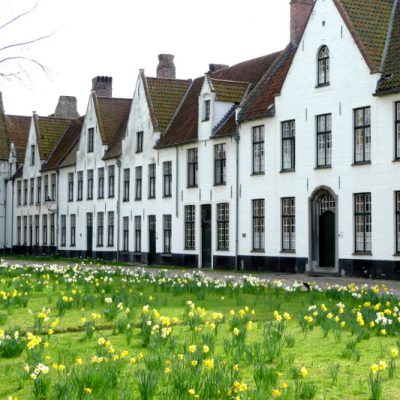
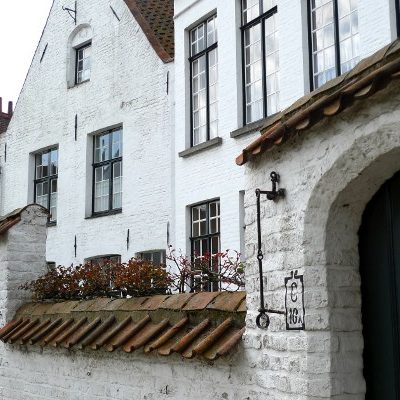
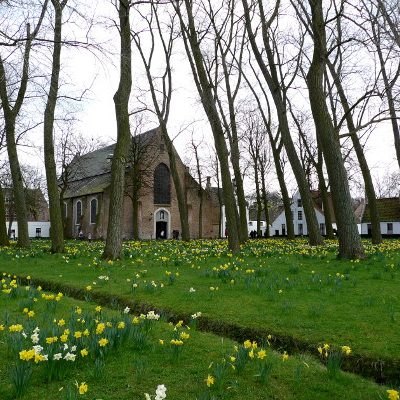
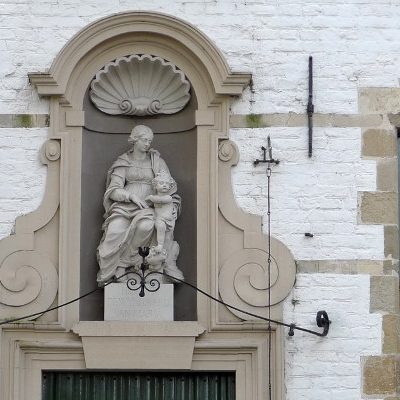
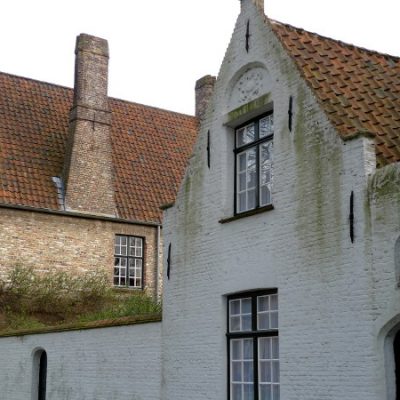
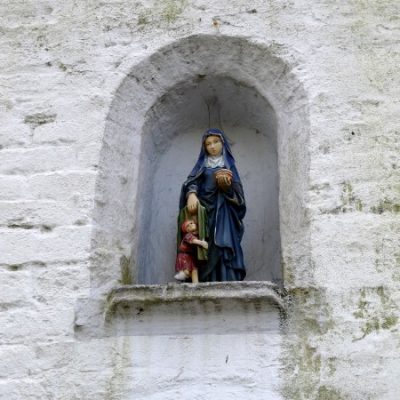
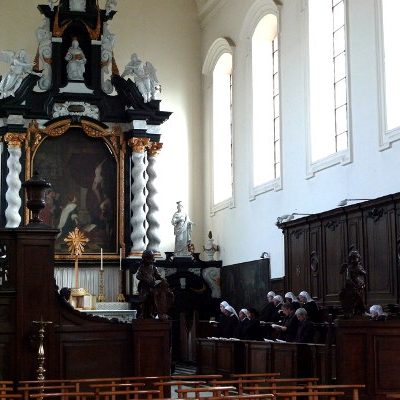
“Wisdom of the Beguines:the Forgotten Story of a Medieval Women’s Movement” is now out (BlueBridge) for those who want to learn more about the Beguine movement